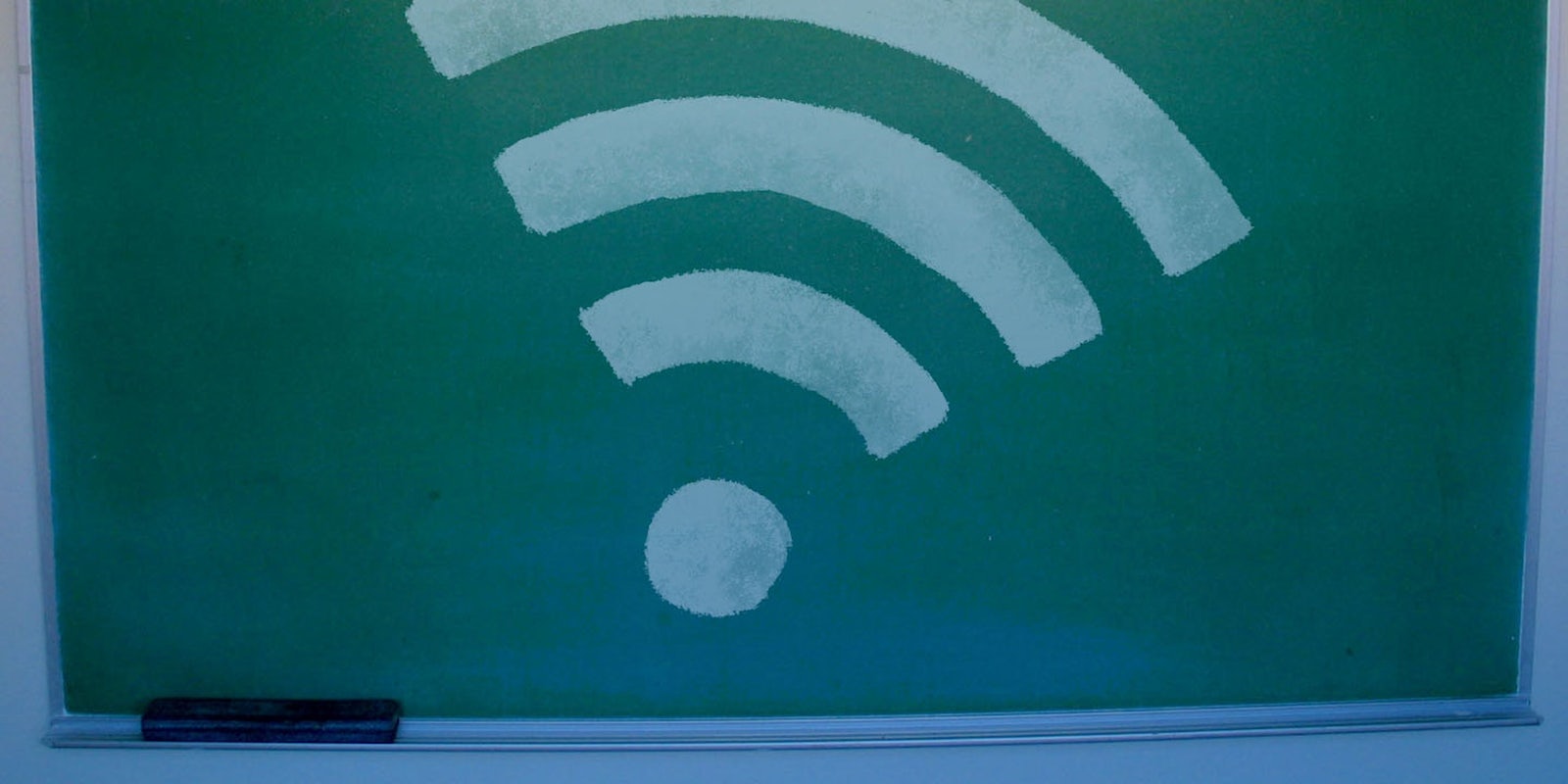Wi-Fi signals are capable of more than just providing Internet access. Researchers at the University of California–Santa Barbara have discovered a way to count the number of people in a certain area using Wi-Fi—even when those people aren’t carrying Wi-Fi-enabled devices.
The method produces a headcount based on the received power measurements of a Wi-Fi connection. Electrical and computer engineering professor Yasamin Mostofi used a similar approach to create x-ray vision for robots last year.
To test the people-counting possibilities, researchers placed two Wi-Fi adapters at opposite ends of a 70-square-meter (753-square-foot) area. The wireless signal in the room fluctuated noticeably in the presence of people; the signal dropped when a person crossed directly into the line of sight between the wireless adapters. Human bodies also scattered the signal even when not in its line of sight, creating a phenomenon known as multi-path fading.
By developing a mathematical framework that could interpret these occurrences, the researchers were able to estimate the number of people walking through the affected space. The method has been used in both outdoor and indoor settings and has successfully produce accurate counts for groups of up to nine people.
The researchers believe that their work could have a wide range of applications, especially given the near-ubiquity of Wi-Fi signals. The technology could be utilized in homes and buildings to adjust temperature levels for better energy efficiency, or in search-and-rescue and other emergency situations to count victims or people in danger.
Crowd-counting has been the subject of several recent research initiatives. A study by the Royal Society of Open Science quantified the size of a crowd using Twitter activity; when tested during soccer matches, the method was able to estimate with considerable accuracy the number of people in attendance. The Royal Society method complements the Wi-Fi approach, quantifying a wide-open area as opposed to a smaller room.
H/T University of California Santa Barbara | Photo via Christopher Sessums/Flickr (CC BY 2.0) | Remix by Max Fleishman


